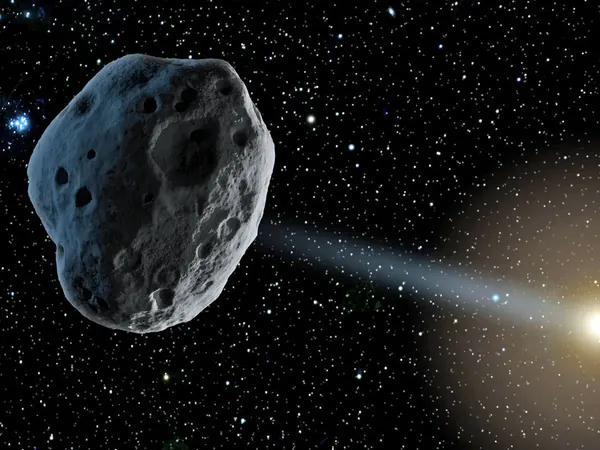
Asteroid KY26: A Daring New Challenge for Japan’s Hayabusa2 Mission!
2025-09-20
Author: Noah
Japan's Hayabusa2 Faces an Unexpected Trial
Prepare to hold your breath! Japan's Hayabusa2 spacecraft, celebrated for its triumph in returning samples from the asteroid Ryugu in 2020, is gearing up for an exhilarating new mission that has just taken a drastic turn. Recent astronomical discoveries have revealed that its next target, asteroid 1998 KY26, is not only significantly smaller but also spins faster than anyone anticipated!
Originally estimated to be around 30 meters wide with a leisurely rotation of once every 10 minutes, new data has cut that size down to a mere 11 meters and a dizzying spin of once every 5 minutes! This shocking revelation came from the European Southern Observatory’s Very Large Telescope (VLT) in Chile.
A Mission Like No Other: The Challenges Ahead
The stakes are higher than ever. After successfully returning from Ryugu, Hayabusa2 was granted an extension to journey toward KY26. Although it has enough fuel for the expedition, these new findings throw a wrench in the works. With an asteroid now comparable in size to the spacecraft itself, the prospect of orbiting or landing is fraught with difficulty. The breakneck spin adds to the complexity, making it incredibly hard to maintain stability close to the asteroid.
As Olivier Hainaut from the European Southern Observatory noted, 'The smaller size and faster rotation now measured will make Hayabusa2's visit even more interesting, but also even more challenging.' This mission represents a first attempt at exploring such a tiny asteroid, pushing the limits of precision in planetary science.
Scientific Goldmine: Why Studying KY26 Matters!
Amid the technical challenges lies immense scientific promise. KY26's luminous surface hints that it could either be a solid rock or a loosely held pile of rubble. Gaining insights into such objects is critical—not only for planetary science but also for future planetary defense strategies, especially since asteroids of this size have previously entered Earth's atmosphere, causing significant damage.
As Santana-Ros put it, 'We have never seen a 10-meter-size asteroid in situ; we don't really know what to expect.' Hayabusa2's exploration could unveil keys to understanding how small asteroids behave in space and could lay the groundwork for future asteroid mining and Earth-defense missions.
History Awaits: Will Hayabusa2 Make the Impossible Possible?
As Hayabusa2 sets its sights on the smallest asteroid ever targeted by a spacecraft, it’s poised to rewrite the history books once again. These newfound challenges only add to the thrill of the mission, as humanity ventures into uncharted territory, promising to deepen our knowledge of the universe and the potential threats it harbors. Buckle up; this is just the beginning!
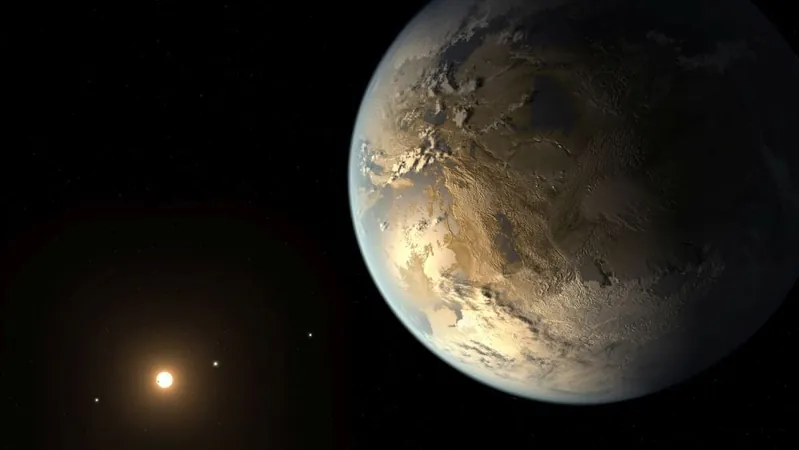


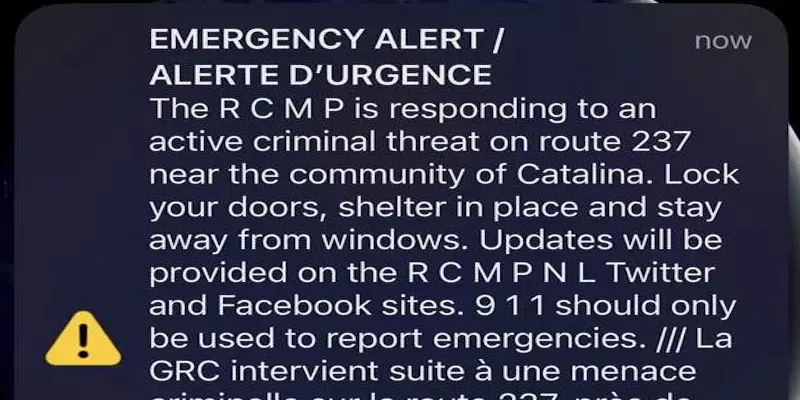
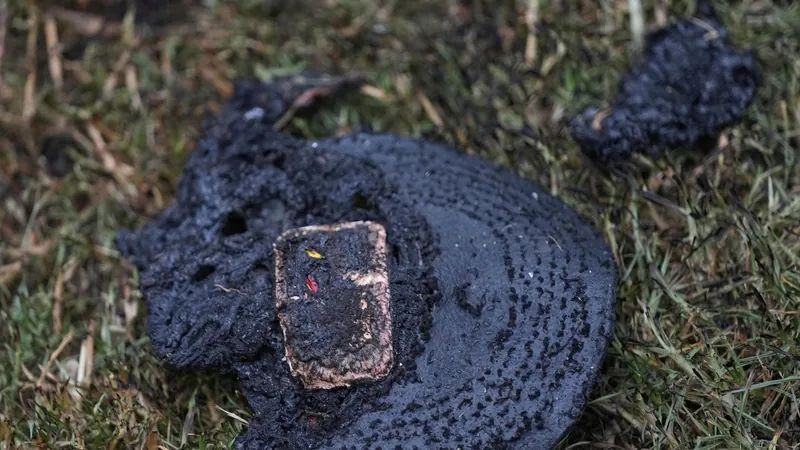
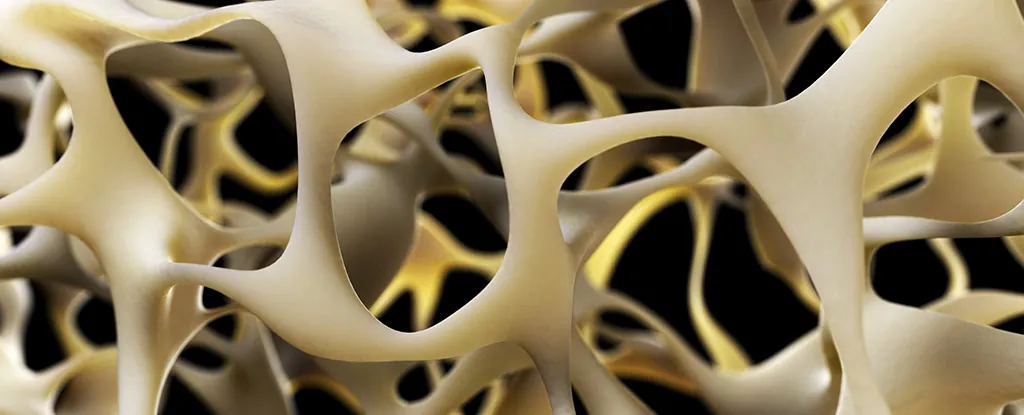
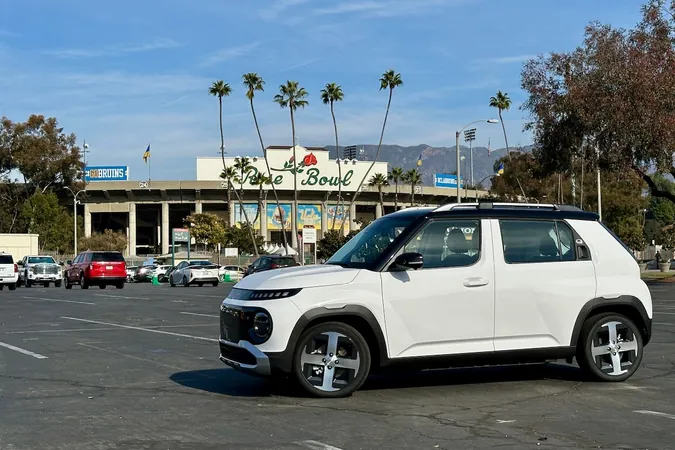
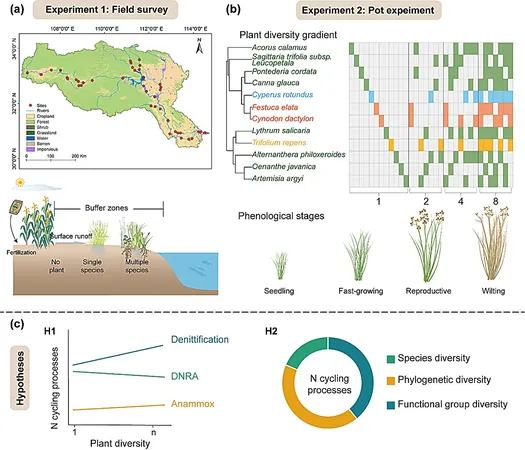

 Brasil (PT)
Brasil (PT)
 Canada (EN)
Canada (EN)
 Chile (ES)
Chile (ES)
 Česko (CS)
Česko (CS)
 대한민국 (KO)
대한민국 (KO)
 España (ES)
España (ES)
 France (FR)
France (FR)
 Hong Kong (EN)
Hong Kong (EN)
 Italia (IT)
Italia (IT)
 日本 (JA)
日本 (JA)
 Magyarország (HU)
Magyarország (HU)
 Norge (NO)
Norge (NO)
 Polska (PL)
Polska (PL)
 Schweiz (DE)
Schweiz (DE)
 Singapore (EN)
Singapore (EN)
 Sverige (SV)
Sverige (SV)
 Suomi (FI)
Suomi (FI)
 Türkiye (TR)
Türkiye (TR)
 الإمارات العربية المتحدة (AR)
الإمارات العربية المتحدة (AR)